Spring Planting
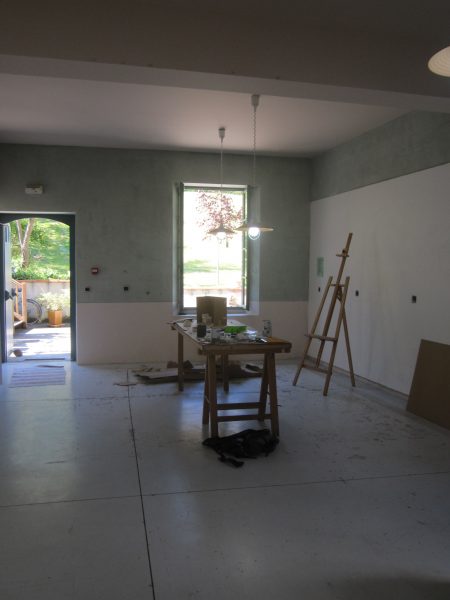
A week from today I’ll be trapped in the airless confines of multiple airports and planes working my long slow way back home. I’m feeling the things one feels at the conclusion of a residency, the end of a journey. I noticed, at other less exotic residencies, how the artists bond, share their stories, thrash through opinions about art, and ideas about the making of it. As the door begins to close on that magic space, it seems one first withdraws emotionally, then physically. There’s a hole in the shape of that person when they are gone. It’s as painful for the people who stay behind as it is for the person leaving.
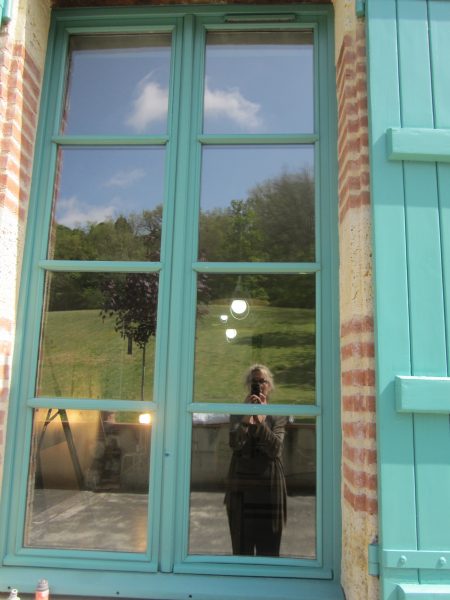
I’ve started the process of withdrawal early to protect my soul a little. I’m organizing my piles of receipts, cramming in a few last destinations, and spending 14 hour days in the studio. Finally the painting is flying. After a halting awkward beginning wrapped in jet lag and mental fog I’m deep in. I knew I didn’t want to paint Quaint France. France is so mellowed out and smoothed over with thousands of years of habitation, so developed in its way of being. I was looking for something wild— “sauvage”— underneath all the culture I so love to photograph and study. It’s finally coming clear to me. The last paintings are the best paintings. They revolve around botany— quirky juxtapositions nature allows for here, and maybe only here.

In college I signed up for Botany just because I was obsessed with botanical illustration. I nearly flunked Botany, but I got to stare at the illustrations for a whole semester. Part of what I loved was their dispassionate precision. Sometimes it’s enough to just tell the truth about a thing.
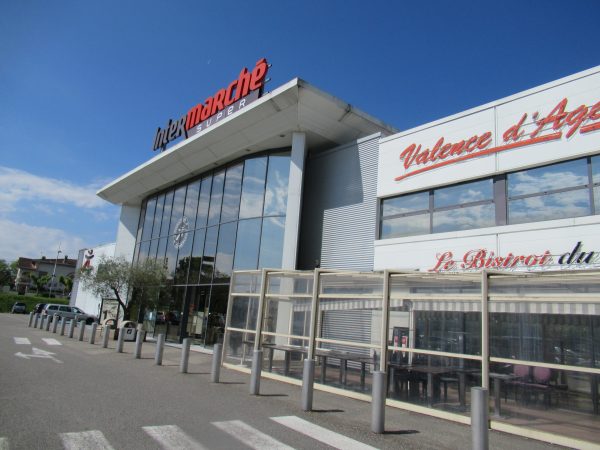
These days there’s a certain amount of guilt in my thoughts— anxiety about the things I didn’t go see, the museums I skipped. Instead I find myself returning over and over to the supermarket, like a kind of tiny personal ritual. For me, it’s become a microcosm of middle class French daily life.
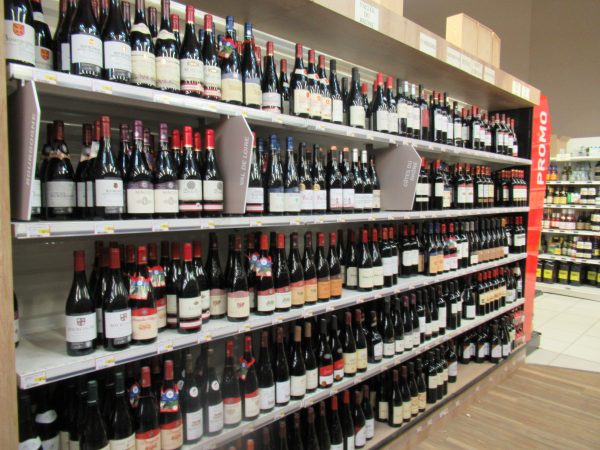
I like to see what the “specials” are, what is considered ordinary in the life of these people—la vie quotidienne.

I like to observe behaviors . Yesterday a woman insisted I go ahead of her in line at the checkout. It sparked a tiny conversation and a moment of goodwill that I treasured.

Often, after a long day of moving a paintbrush, I will travel many kilometers on the country roads above the village. It’s fun to drive my tiny car. There’s no traffic and I get to see the swell and sinking of the land, the perfection of the spring plowing, the tidiness of the farmhouses and the occasional astonishing ancient church or ruin.
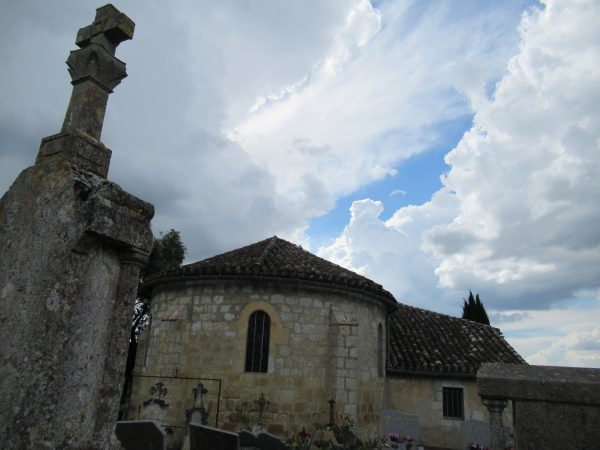
And there is the botany. I have watched those fields first being plowed, then harrowed, and now they have begun to sprout.
A new friend stopped by for a studio visit yesterday. We were talking about how an artist’s work changes over time. How it’s hard to pin it down because it’s always in flux. He told me he’d gone to hear a famous jazz group from the 60’s perform in the 80’s. They’d played the same way and the same things they’d played 20 years before. It was just as he expected it to be. Then, he went to hear Miles Davis play. He said Miles stood with his back to the audience and launched into a barrage of audacious improvisation that was very difficult to take in. He told me how that was, to him, the perfect way to understand the mental wanderings and growth of an artist. I agreed, explaining that sometimes I am doing things I’m not sophisticated enough to understand, and it takes me a stretch of time to wrap my mind around my own ideas. The most uncomfortable, detested paintings are often the fields where the seeds of newness are just beginning to sprout.


Thanks again for sharing your thoughts with us back here in the “old country”.
My favorite line …sometimes it’s enough to tell the truth about a thing…
This is why artists are brave
Lovely and thoughtful. I know you hate to leave, but, yes, the paintings!
Thank you all for your kind comments, and for taking time to read this. I’ve had as much fun writing about this journey as I have painting it.